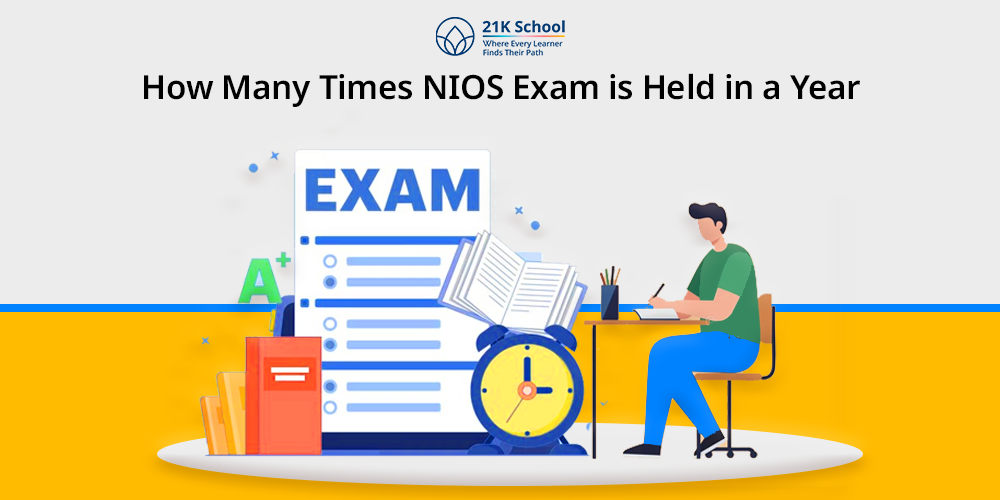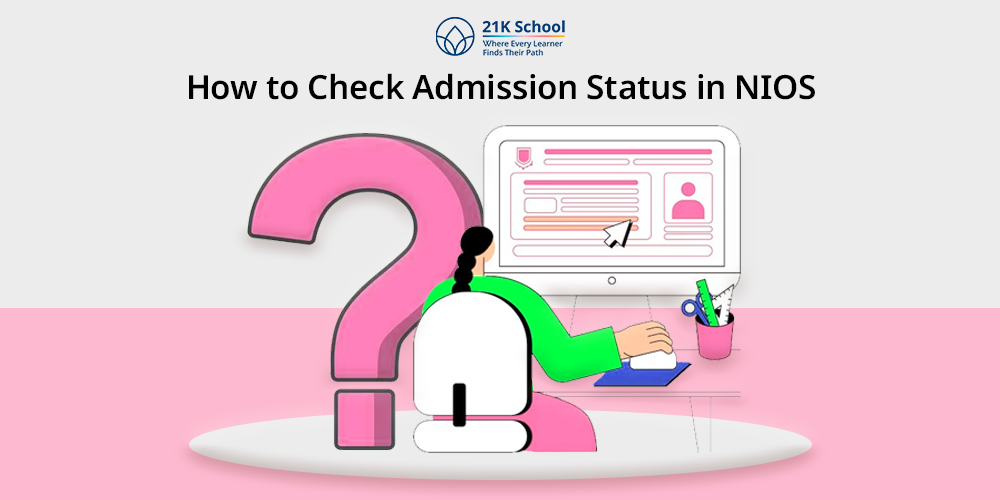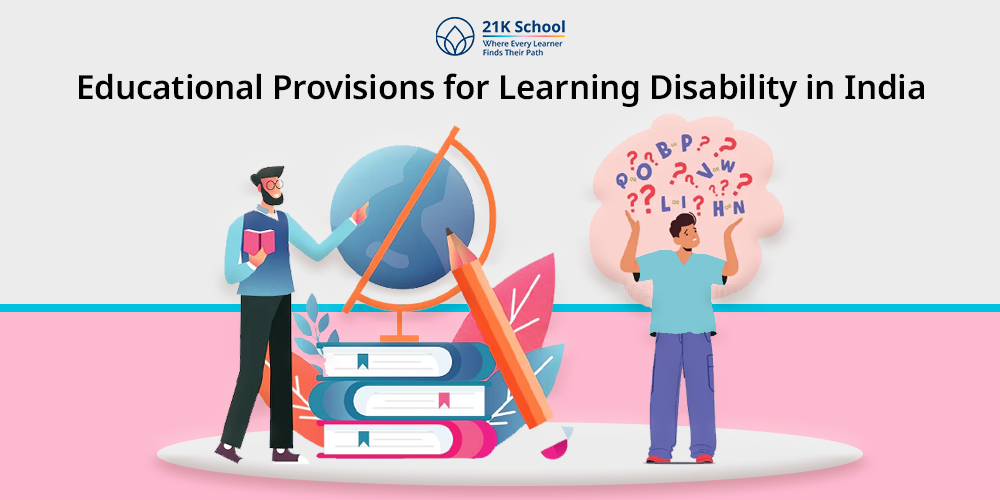
In the fast-paced global environment of the 21st century, forming students’ abilities to continue education throughout their lives is very important.
Lifelong learning is not just a matter of one’s academic achievements, it is about the development of the right mindset and skill of the student for a decent and successful life acclamation in different spheres.
At 21K School, one of the leading homeschooling organizations, it is essential to cultivate a passion for learning in students along with ideas for creativity.
Below are the seven strategies that can be used to promote lifelong learning for students:
Also Read, Online Learning Strategies to Improve Motor Skills.
Contents
- 7 Strategies to Promote Lifelong Learning
- Some Other Ways to Promote Lifelong Learning
- 1. Autodidactism:
- 2. Provide Learning Opportunities:
- 3. Create Study Plans:
- 4. Embrace Curiosity:
- 5. Create a Supportive Environment:
- 6. Find a Mentor:
- 7. Encourage Collaboration:
- 8. Leverage Social Learning:
- 9. Model Life-long Learning:
- 10. Encourage Learning Ownership:
- 11. Take Online Classes:
- 12. Promote Knowledge Sharing:
- 13. Reflect Your Learning:
- 14. Make Learning Goals:
- 15. Be Intentional with your Time:
- Challenges in Promoting Lifelong Learning
- Conclusion
7 Strategies to Promote Lifelong Learning
1. Cultivate a Growth Mindset
A growth mindset, a concept popularised by psychologist Carol Dweck, is the belief that abilities and intelligence can be developed through dedication and hard work. This mindset fosters resilience and a love for learning.
Strategies to Cultivate a Growth Mindset:
- Encourage Effort: Instead of focusing on the results of the learning, encourage the students for the effort they are putting in to make their grades better. This helps make them comprehend that, better performance is an outcome of more practice.
- Embrace Challenges: Cultivate the positive perception of adversity in the students. Challenge them to get out of their safe zones and invite change into their lives.
- Learn from Mistakes: Develop a culture in your classroom, where students learn that it is good to make mistakes as they can learn from them. Point out what was wrong or that failed and how to correct the outcome the next time.
2. Keep a List of Things You Want to Explore
Having a list of topics students need/want to teach helps students keep their interest alive and a clear path for self-directed learning.
How to Implement This:
- Personal Learning Journal: Encourage students to write things of interest in a learning journal. It could involve books one would wish to read, topics one would wish to study, or skills that one would wish to learn more about.
- Regular Check-ins: It is advised to sit down periodically to go over their lists and see how each of them is working. This keeps them accountable and motivated.
- Explore Together: Sometimes, discuss some of the topics in class as a way of teaching and enhancing the students’ knowledge. It not only helps them to broaden their knowledge but also to create an atmosphere of studying together.
3. Integrate Technology and Digital Resources
In modern education, technology is among the most influential things as it enhances access to a wide range of resources and interactive learning tools.
Ways to Integrate Technology:
- Online Courses and Tutorials: Make students aware of platforms like 21K School, Coursera, and edX to the students. These platform offers courses in a variety of fields and the interesting part is that a few of them offer some courses for free.
- Educational Apps: Enlist the use of applications that are fun and engaging for learning like Duolingo for learning a new language or Scratch for coding.
- Virtual Field Trips: Use virtual tours and virtual reality to go to museums, historical places, or even outer space.
Also Read, Why Kids Should Learn Code As A Second Language?
4. Promote Self-Directed Learning
Anyone can learn via this approach as it makes the learners take responsibility for the learning process hence increasing the motivation of the learners.
Encouraging Self-Directed Learning:
- Set Personal Goals: Facilitate students in coming up with their learning objectives. This makes them the owners of their education and also aligns a good correlation with their interests.
- Provide Resources: Provide students with means that will enable them to achieve their intended objectives such as books, online courses, and mentors among others.
- Reflect and Adjust: Teach student self-assessment whereby learners look back and assess their learning progress and its effectiveness about the learning goals formulated. This becomes a habit of continuous improvement.
5. Setting Learning Goals
The following are the key benefits of setting learning goals: Specific, measurable, achievable, relevant, and time-bound (SMART) learning goals enhance the students’ learning.
To ensure that the goals you have agreed upon are SMART, you can ask the following five questions:
- What exactly do I need to accomplish?
- How will I be able to measure my success?
- Can I accomplish it on my own?
- Will it improve my ability in the subject?
- When must I finish it?
Steps to Effective Goal Setting:
- Identify Interests: First, begin to assist the students in determining what they have interests or want to study.
- Break Down Goals: This involves the breakdown of the bigger goals into smaller ones that will be easier to accomplish. This in a way makes learning more approachable and something that is within the reach of the learners.
- Track Progress: Some of the ways a student can record their progress could be through charts, journals, or even special Apps. Celebration helps the students remain progressive in their learning achievement.
6. Develop Critical Thinking Skills
Understanding is basic to critical thinking as it embodies proper assessment of information and issues. It’s a vital skill for lifelong learners.
Methods to Develop Critical Thinking:
- Questioning Techniques: Engage the students to ask questions that cannot be answered in simple words or one word and let them ponder deeply when answering the questions.
- Debates and Discussions: Conduct daily debates and discussions on different topics. Thus, it assists students in being able to perceive more than one perspective and develop good arguments.
- Problem-Solving Activities: It is advised to include the students in such assignments which force them to think critically. Some of the techniques that can be used are puzzles, case studies, and, project delivery methods.
7. Create a Culture of Continuous Improvement
A culture of continuous improvement allows the student to actively look for the betterment of their performance and therefore become a learner for life.
Also Read, How Can Students Improve Time Management Skills?
Building a Culture of Continuous Improvement:
- Model Lifelong Learning: As an educator, explain your commitment to lifelong learning. Share your experiences and the new things you are learning.
- Feedback and Reflection: Give frequent feedback and make the students self-assess their work and find out their mistakes.
- Celebrate Growth: Encourage not only getting to the objectives but also focusing on the progress, and the process of learning.
Also Read, Conventional To Innovational Online Learning Experience.
At 21k School, we are dedicated to the idea of learning as a process that goes on throughout one’s entire lifetime.
A growth mindset, the integration of technology, and autonomy prepare our students for the world that is constantly changing in front of our eyes.
Let us come together for an irresistible idea of continuing education for life and curiosity knows no bounds.
Some Other Ways to Promote Lifelong Learning
1. Autodidactism:
Autodidactism is also known as self-driven learning, in which students learn by their own motivation.
Lifelong Learning is an initiative which requires motivation to achieve. By creating a positive learning environment and motivating them, they will develop autonomy, which makes them responsible for their educational journey.
To enable students to conduct independent research, teachers can give them access to a variety of learning resources, including journals, online resources and real-world examples.
2. Provide Learning Opportunities:
To engage in lifelong learning, it is essential to have proper education resources. Lack of educational resources will cause demotivation and hinder the true potential of lifelong learning.
By providing resources such as libraries, journals, online classes, e-learning platforms, and so on,it enables students and individuals to engage in independent learning and indulge in active learning.
3. Create Study Plans:
Study plans are an effective way to promote lifelong learning, as creating a study plan makes it easy for individuals to study according to their comfort.
A proper study plan helps in using the time effectively and allows for indulging in extra activities and study sessions.
Lifelong learning is not only limited to education but any information that can be acquired through daily study.
4. Embrace Curiosity:
Curiosity is one of the effective ways to promote lifelong learning among individuals. Teachers can create an environment that makes children curious and engaging.
Teachers can foster curiosity by encouraging students to investigate real-world situations, ask questions, and work through problems. To be a curious role model, educators can also share their passion for lifelong learning.
5. Create a Supportive Environment:
To promote lifelong learning, it is essential to build a supportive and positive environment that enables students to effectively participate in lifelong learning.
Parents and Teachers can create a positive learning environment by setting realistic and attainable goals, providing constructive and encouraging criticism and promoting a growth mindset among students. This enhances the value of education and sets a role of continuous learning.
6. Find a Mentor:
Mentors play a crucial role in enhancing lifelong learning in students. A proper mentorship helps students to grow professionally, acquire new skills, and receive feedback and direction, which helps in achieving lifelong learning.
Various educational institutes can offer mentorship opportunities that enable students to get proper guidance in every step of their educational journey, and hence, it works to promote lifelong learning among individuals.
7. Encourage Collaboration:
The Collaboration method is one of the effective ways to promote lifelong learning. Collaborating with others helps in getting ideas about detailed contexts and allows for promoting collaborative learning.
This enables students and individuals to actively participate in the learning process with others. This enables the scheme to share their thoughts, ideas, experiences, etc, and promotes lifelong learning.
8. Leverage Social Learning:
Learning is not an isolated process; instead, it is a learning process where every individual shares their insights, thoughts, concepts and fundamentals.
Social learning enhances collaboration through communities, knowledge sharing, internships, training programs, and so on. This enables individuals to engage in lifelong learning and promotes self-directed learning.
9. Model Life-long Learning:
One of the best ways to encourage lifelong learning is to lead by becoming a model. Be a model for your students and individuals and lead through openness, curiosity, and readiness to learn new skills.
Describing personal learning goals, challenges, and achievements is one of the effective ways to engage in lifelong learning. Teachers can also demonstrate the best possible ways on how learning can be fun and interesting.
10. Encourage Learning Ownership:
Taking ownership of learning acts helps in developing a more detailed and engaging learning environment. Students must be encouraged to learn on their own; this helps them build habits and promotes lifelong learning.
Taking responsibility for understanding concepts helps to become independent and improves their learning experience.
11. Take Online Classes:
Encouraging the use of online classes helps in developing lifelong learning. Online education helps students to stay engaged and promotes better learning outcomes.
A wide range of software and educational apps allows students to actively engage in education and develop lifelong learning.
12. Promote Knowledge Sharing:
Knowledge sharing significantly enhances lifelong learning by creating a more active and collaborative learning environment.
It facilitates access to a range of perspectives, abilities, and experiences, which accelerates learning and development among students.
People develop a culture of learning and growth, which promotes innovation and continuous improvement by learning from each other’s successes and failures.
13. Reflect Your Learning:
One of the incredible ways to indulge in lifelong learning is to reflect on your learning style.
Spend some time thinking about what you have learned and how you can use it in your daily life. This will make the information more meaningful and aid in your memory.
14. Make Learning Goals:
Life-long learning can be enhanced through creating learning objectives.
Making learning goals is an effective way to stay engaged and motivated, which helps them achieve lifelong goals, as well as promotes lifelong learning.
15. Be Intentional with your Time:
Preparing a proper routine and managing time effectively is one of the effective ways to engage in lifelong learning.
Intentional time management allows for engagement in the real world through practical exposure, which effectively promotes lifelong learning.
Challenges in Promoting Lifelong Learning
Promoting lifelong learning is essential in developing understanding and knowledge. Lifelong learning helps in keeping updated with every change and allows for promoting a positive learning environment.
However, along with various benefits, lifelong learning still faces lots of challenges that hinder the true potential of promoting lifelong learning. Here are the challenges that stop promoting lifelong learning.
- Lack of Time Management: One of the major challenges that hindrances the process of lifelong learning is a lack of time management skills. Acquiring education through a busy schedule is difficult for many people, particularly those who have to balance social, familial, and professional commitments.
This challenge can be overcome by setting realistic and precise goals, prioritizing learning activities and developing a flexible and reliable routine. - Work Commitment: Learning while working is one of the major challenges that people find it difficult to manage. As working people have busy or hectic schedules, it makes it difficult to take time to engage in learning practices.
To overcome this problem, it is ideal to plan your work schedules a day before the work and use extra time to engage in lifelong learning. - Lack of Motivation: Staying motivated is one of the major difficulties in enhancing the learning process. Sometimes learning becomes boring and overwhelming, and many individuals find it tough to maintain motivation.
Lack of motivation leads to a huge challenge in promoting lifelong learning. To overcome this obstacle, individuals must develop a growth mindset accept difficulties and errors and acknowledge accomplishments and advancements to overcome this obstacle. - Lack of Learning Strategies: To effectively engage in lifelong learning, it is essential to prepare proper learning strategies. Lack of learning strategies causes hindrances in promoting life-long learning.
Every person has their own way of learning style, and adapting according to learning styles sometimes becomes hard for individuals. This can be overcome by understanding everyone’s needs and learning style, and getting personalized learning options. - Lack of Finance: Lack of budgets sometimes is considered a major challenge that hindrances the effective learning process.
To achieve lifelong learning, individuals have to spend money on educational resources, and a lack of this sometimes leads to problems in getting lifelong learning. This challenge can be defined by utilising free and accessible learning opportunities.
Conclusion
Enabling students for lifelong learning in society goes beyond passing examinations; it is about equipping each and every student for the future he or she will encounter.
At 21K School, lifelong learning is the goal of education that we provide for our students.
When the mentioned strategies are applied, your students will be prepared to embrace lifelong learning and effectively hold of the futures ahead of them.



